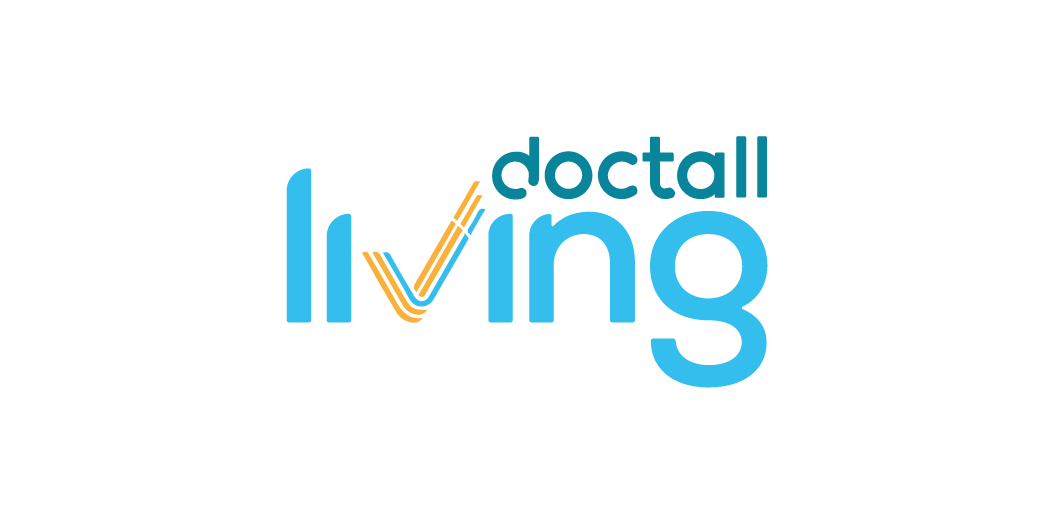Water birth simply means sitting, pushing, and delivering into a deep tub filled with warm water. It can occur at home, in a birthing centre, or in hospitals that accommodate water births. However, some hospitals offer water births while others allow you to labour in the tub and deliver your baby on the bed. A nurse, doctor, or midwife is usually assigned to help you through the process.
Here are some of the possible risks associated with water births;
- Infections: Often, the water tubs can be contaminated with faeces during delivery, and if your baby swallows the contaminated water, it increases the risk of infection. You can also be infected. Research suggests that babies are to take their first breaths of air, not water, within a few seconds of their delivery.
- Drowning: This can happen when you have complications, and where there is water, there is a risk of drowning. In this scenario, your baby may stay under for too long, which can cause its lungs to be filled up with water.
- Vaginal tear: During this process, the vagina may tear, which can be difficult to assess and lead to excessive bleeding.
- Umbilical cord tear: Your umbilical cord may snap during water birth delivery. This can make cause your baby to bleed profusely.
- Meconium aspiration: According to research, this occurs when your baby has had their first bowel movement before birth and inhales the contaminated amniotic fluid, which can cause respiratory problems.
Who can have a water birth? If your pregnancy is free from complications, then you qualify for a water birth however, below are factors that can make you unfit for a water birth;
- You have an infection.
- You are pregnant with two or more babies
- Your baby is in a breech position
- Your baby is premature
- You have high-risk conditions or complications that require constant monitoring and intervention.
Is water birth safe? Water birth has to do with a personal choice or decision. Recent studies suggest that water births are safe and associated with better outcomes than land births. However, if you’re thinking of having your baby in the water, ensure you talk to your doctor to get a full understanding of the risk and reality of your choice and also to find out if its service is available in the hospital where you registered. This goes a long way in ensuring your and your baby’s safety.
Benefits of a water birth
- Water births lessen labour pain by regulating the intensity of contractions.
- Water reduces the severity of vaginal tears during birth.
- Improves the flow of blood to the uterus
- It helps shorten the duration of labour.
Conclusively, regardless of where you choose to deliver your baby, ensure your birthing plan is safe for you and your baby. Water birth is not for everyone.
Need to speak to a doctor? Click HERE.



